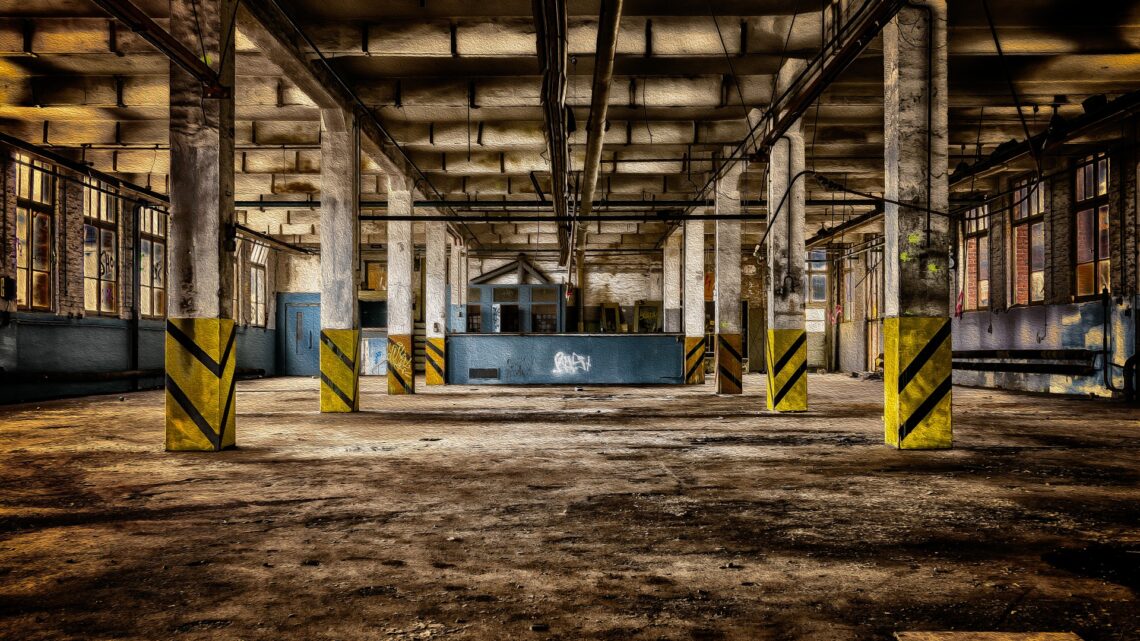
Technological innovation in transportation and logistics industry has enabled the businesses to improve the quality of their services. Global businesses and international trade depend highly on transportation services to move the flow of goods within the economy. Every commodity around us from clothes to electronic devices, is brought from numerous locations across the globe.
M2M Communications in Transport and Logistics
M2M communications comprise three dimensions; Machine-to-Man, Machine-to-Machine, and Machine-to-Mobility apps. It also contributes to the advancement of M2M communications since the 19th century. The question is how technological advancements put an effect on the world of business communication? Which industries will get the most benefit from these technologies? What is the likely future trend?
- Transportation & Logistics followed by Utilities & Automotive segments might see the highest adoption of M2M services.
- M2M service success depends more on profits.
- M2M data delivery is shifting to data intelligence.
Machine-to-Machine Collaboration
Today, we have entered into an era of ‘Technology Convergence.’ IT solution providers need to work closely with the industry players to move from traditional IT systems to web-based or cloud-based solutions and make collaborative IT platforms. Currently, the logistics industry is getting benefits of technology in the form of optimized operational systems, which automate the processes.
However, various stakeholders from the cargo community are now relying on EDI (Electronic Data Interchange)- based cargo community systems that can connect multimodal supply chains. A sophisticated collaborative platform is a scalable & user-friendly web portal. Today, there is an excellent demand for better collaborative business processes with greater execution capabilities which are advanced IT systems as compared to current systems.
The IT in Logistics bridge the gap between software & mobile apps for the logistics community. In coming years, Logistics & Supply Chain businesses need to move to the next level of Machine-to-Machine Communications to increase efficiency, security, tracking, monitoring, information, connectivity & collaboration for the transportation industry players. It can also help monitor logistics and minimize economic losses.
The transportation industry includes significant modes of transport, such as road, rail, marine, and air transport. Trucks and buses come at the top regarding advancements in technologies and investments among all the transportation segments, from suppliers and original equipment manufacturers. The boost in the production of trucks and buses is an indication of the rising demand for freight and passenger transport means. With the increase in production demand, there is a growth in the demand for systems to manage them online using the latest technology to bring efficiency and enhance the productivity of the business.
According to the estimates, there will be an increase in shipping activities, which would boost the demand for trucking. As a result, fleet operators’ revenue will also increase. However, the increased profit margins will lead to an expected driver shortage and increased wages and fuel prices. Increased fuel prices, driver shortages, increase in trucking rates, and a possible shortage of trucking capacity will be some of the crucial challenges the trucking industry will face in the coming years.
In the future, some of the most influential trends in the transportation industry will closely relate to these critical challenges. According to the analysis report, the top transportation industry trends for the next year include an increasing demand for electric trucks, autonomous driving, electric/hybrid buses, and smart transportation solutions.
Electric Trucks
Truck production and freight transportation are increasing day by day. It will definitely boost the CO2 emissions from the trucking industry. There is a need for either advanced engine technologies or after-treatment devices to control the emissions limits. Any of these implementations will lead to increased truck prices. Considering the circumstances, the European and the US CO2 targets, and the increased truck prices, the truck industry is forecasted to move toward electrification in the next 7–8 years. As a result, the key players are investing in R&D of electric trucks.
Electric/Hybrid Buses
With a growing trend of immigration, from rural to urban areas around the world, the demand for public transport is growing. Most of the city buses and coaches are diesel-driven, which increase the amount of CO2 emissions. Many countries from the European region, the US, and others have set CO2 emissions targets to be achieved by 2020–2025. Currently, BEBs (Battery Electric Bus) and hybrid buses are operating mostly in the US, Europe, and China. Various countries have also started to invest in electric and hybrid public transportation. With the advancements in technology, the global bus market is dominated by diesel-powered buses, followed by hybrid-electric and alternative fuel buses. The demand for BEBs is forecasted to grow at the fastest rate in near future.
Intelligent Public Transportation
An outclass public transport system can be a single-stop solution that offers decreasing fuel prices, and GHG emissions. Technology providers are now targeting on integrated mobility solutions. With this system, the system will be taken care of by a station-based mobility solution.
Technology Trends in Transportation and Logistics industry includes a platform, which will be used for an integrated mobility solution to cover everything from searching for a journey, mode of transport, checking the schedule, bookings, routing, and payment.
According to the technological trends, the intelligent public transportation systems would include CCTV cameras, GPS devices, digital displays, and Wi-Fi devices. These systems will have applications such as traveler information system, online payment system, safe ticketing system, and automated passenger counter system. IT applications can be customized according to the current demands.
Source : https://www.odtap.com
Leave a Reply
You must be logged in to post a comment.